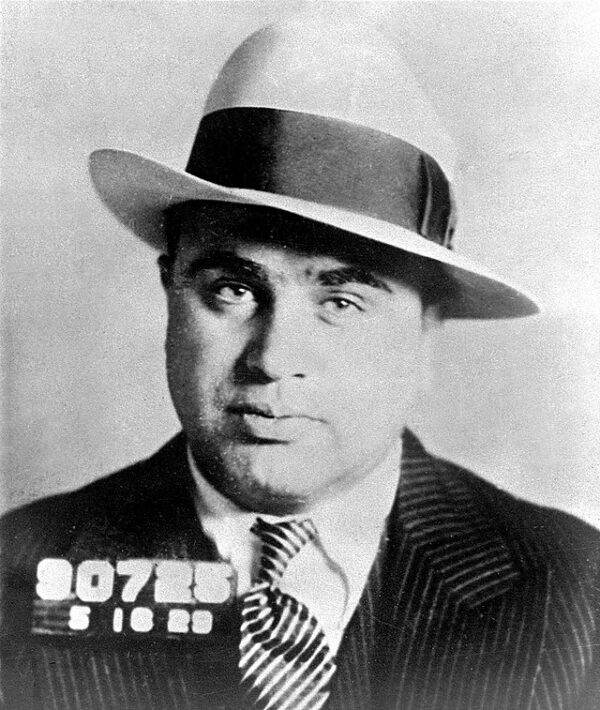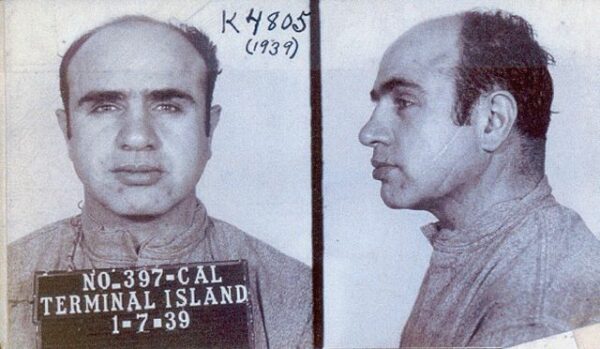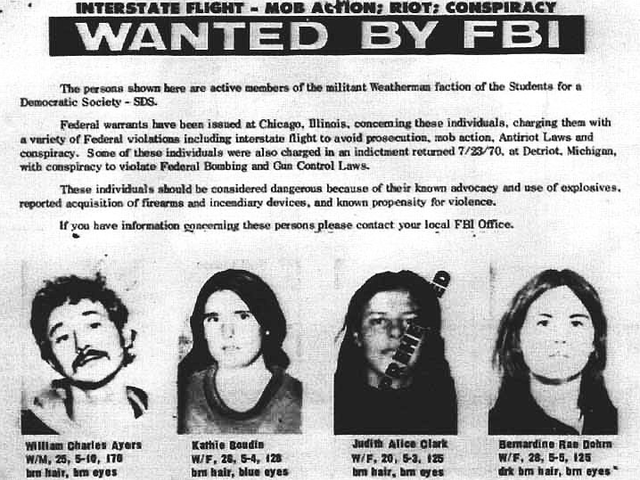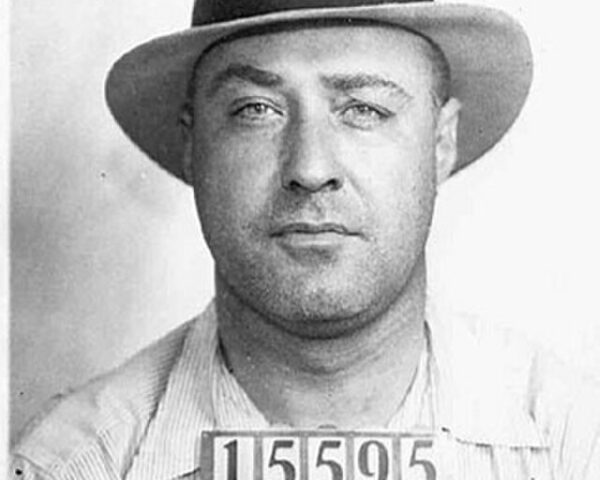It’s the most famous mob killings of all time. The Saint Valentine’s Day Massacre is one of the most notorious events in the annals of American crime history, epitomizing the violence of the Prohibition era and the battle for control over the lucrative bootlegging business. On February 14, 1929, seven members and associates of Chicago’s North Side Gang were brutally gunned down in a garage at 2122 North Clark Street, Chicago. The massacre was the culmination of a power struggle between the Irish-American gang led by George “Bugs” Moran and their Italian-American rivals, the South Side Gang led by Al Capone.
The background to the massacre was rooted in the Prohibition era, during which the manufacture, sale, and transportation of alcoholic beverages were banned across the United States. This period saw a rise in organized crime as gangs took control of the illegal liquor trade. Chicago became a battleground for competing mobs, with the North Side Gang and the South Side Gang being two of the city’s most powerful factions. Tensions between these groups escalated over several years, marked by a series of kidnappings, hijackings, and murders as each side sought to dominate the bootlegging market.
On the morning of the massacre, members of the North Side Gang gathered at the SMC Cartage Company garage on North Clark Street. Unbeknownst to them, a trap had been set by their rivals. Witnesses reported seeing a police car pull up to the garage, followed by four men, two dressed as police officers and two in plainclothes. The men entered the garage, lined up the seven North Side associates against a wall, and opened fire with Thompson submachine guns and shotguns. The execution-style killings were so methodical that neighbors initially thought the noise was a truck backfiring.
The brutality of the Saint Valentine’s Day Massacre shocked the nation and led to a public outcry against gangster violence. Despite the massacre’s clear intent to eliminate George “Bugs” Moran, he narrowly avoided death by arriving late to the meeting. The identity of the shooters remained a mystery, and no one was ever brought to trial for the murders. However, the consensus among historians and crime experts is that the hit was organized by Al Capone’s outfit, possibly with the involvement of hitmen from outside Chicago to avoid recognition.
The Saint Valentine’s Day massacre marked a turning point in the battle against organized crime. The federal government, spurred by the public’s demand for action, began to take a more aggressive stance against gangsters. This led to the eventual downfall of many high-profile figures, including Al Capone, who was later convicted on tax evasion charges.






